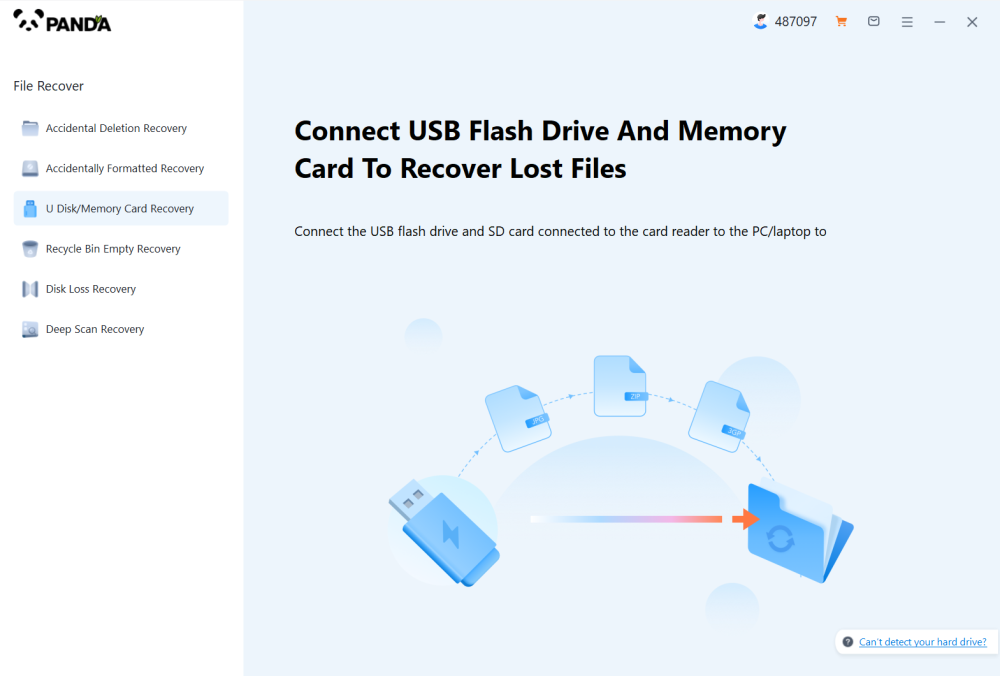Hard drives are the backbone of modern data storage. Whether used in personal computers, servers, external storage devices, or enterprise systems, hard drives store a vast array of data documents, photos, databases, videos, applications, and more. But despite their critical role, hard drives are vulnerable to failure, corruption, physical damage, and accidental file deletion. When disaster strikes and your files seem lost forever, a hard drive data retrieval service can be your saving grace.
1. What Is a Hard Drive Data Retrieval Service?
A hard drive data retrieval service is a specialized solution offered by professionals who recover lost, deleted, formatted, or inaccessible data from damaged or malfunctioning hard disk drives (HDDs) or solid-state drives (SSDs). These services are typically used when basic data recovery software fails or the drive has suffered hardware or firmware issues.
Unlike consumer-grade software, professional services utilize advanced tools, cleanroom environments, and experienced technicians to recover data in even the most complex cases.

2. Common Causes of Hard Drive Data Loss
Data loss from a hard drive can occur for a multitude of reasons:
Physical Damage: Drops, shocks, water, fire, or overheating can damage the drive's internal components.
Mechanical Failure: Issues like a head crash or spindle motor failure can render the drive inoperable.
Logical Errors: File system corruption, bad sectors, or firmware bugs.
Human Error: Accidental deletion, formatting, or improper drive handling.
Power Surges or Outages: Can interrupt read/write operations or damage circuitry.
Viruses and Malware: May encrypt, delete, or hide data.
3. Signs Your Hard Drive May Be Failing
Acting quickly when a hard drive starts showing signs of failure can improve the chances of successful data recovery. Warning signs include:
Clicking or grinding noises
Extremely slow read/write speeds
Files or folders disappearing
Frequent system crashes or blue screens
Drive not being recognized
Boot failures or error messages like “No Boot Device” or “Disk Not Found”
4. Types of Hard Drive Failures
Understanding the type of failure is essential in determining the recovery approach.
A. Logical Failure
Occurs when the drive itself is functional, but the file system is corrupted or data is accidentally deleted.
Can often be recovered with software or remote recovery services.
B. Mechanical Failure
Involves broken internal components like the read/write heads, platters, or spindle motor.
Requires a cleanroom environment and professional tools.
C. Firmware Failure
The drive’s internal programming becomes corrupted.
Specialized knowledge and tools are needed to reprogram or bypass firmware.
D. Electronic Failure
Caused by damage to the printed circuit board (PCB) or electrical surges.
May be resolved by swapping circuit boards or components.
5. How Data Retrieval Services Work
Professional data retrieval involves several critical steps:
Evaluation: The service provider diagnoses the problem and determines the likelihood of recovery.
Quotation: A detailed quote is provided based on complexity, urgency, and needed tools.
Recovery: Technicians use advanced hardware, software, and cleanroom environments.
Verification: The recovered files are tested to ensure integrity.
Delivery: Files are returned on a secure external drive or uploaded securely online.
6. In-Lab vs. Remote Data Recovery
In-Lab Recovery
Used for physically damaged or complex failures.
Performed in cleanrooms to avoid contamination of sensitive internal components.
Involves shipping the drive to a recovery center.
Remote Recovery
Suitable for logical failures.
Technicians access your drive remotely via secure software.
Non-invasive and faster, but limited to functioning drives.
7. DIY Recovery vs. Professional Services
DIY recovery is tempting, especially when using free or inexpensive software. However, it comes with significant risks:
DIY Recovery Pros:
Cost-effective for minor issues
Quick and convenient
Works well for recently deleted files or logical corruption
DIY Recovery Cons:
May overwrite data during installation or use
Can't handle mechanical/electrical issues
Attempting fixes on failing hardware can worsen the damage
Lack of diagnostic tools
When to Choose a Professional Service:
Drive is clicking, grinding, or not spinning
Drive is not recognized in BIOS or Disk Management
Failed attempts at recovery using software
Critical, sensitive, or irreplaceable data involved
8. Steps in the Professional Data Recovery Process
Step 1: Evaluation
You send your hard drive to the service provider. A diagnostic evaluation determines the failure type and recovery potential.
Step 2: Quotation and Approval
A quote is issued based on complexity, parts required, and recovery effort. Many providers offer “no data, no fee” policies.
Step 3: Recovery Work
Technicians carry out repairs or imaging. This may include:
Using donor parts for physical repair
Imaging the drive sector by sector
Extracting data using forensic-grade tools
Step 4: File Verification
Recovered data is reviewed and verified for completeness and usability.
Step 5: Delivery
Data is transferred to a new storage device and shipped securely to the client. Some companies offer cloud delivery options as well.
9. How Long Does Data Retrieval Take?
Recovery times vary depending on:
Severity of damage
Availability of donor parts
Amount of data
Service level (standard, expedited, emergency)
Typical turnaround times:
Standard: 5–10 business days
Expedited: 2–4 days
Emergency: 24–48 hours
10. Costs Involved in Hard Drive Data Recovery
Prices range based on complexity, drive type, and urgency.
| Type of Failure | Estimated Cost |
|---|---|
| Logical (software-based) | $100 – $400 |
| Firmware Issues | $400 – $700 |
| Mechanical Failure | $700 – $1.500+ |
| Emergency Service | $1.000 – $2.500+ |
Many companies provide free evaluations and a “no data, no charge” guarantee.
11. How to Choose a Reputable Data Recovery Company
Key Considerations:
Cleanroom Certification: ISO Class 5 cleanrooms are ideal for physical recovery.
Experience & Track Record: Look for providers with proven expertise.
Transparent Pricing: Avoid hidden fees or diagnostic charges.
Data Security Policies: Ensure encrypted handling and non-disclosure agreements.
Success Rate: Reputable providers often report success rates above 85%.
Customer Reviews: Check platforms like Trustpilot, BBB, and Google.
Red Flags to Avoid:
Unusually low prices for complex recoveries
Lack of physical address or contact info
No privacy policy or clear security guarantees
12. Data Security and Privacy Considerations
Your hard drive may contain personal or confidential information. Always ensure:
The provider adheres to GDPR, HIPAA, or local data protection regulations.
Drives are stored in secure facilities.
Confidentiality agreements are available upon request.
Drives are destroyed securely after service if requested.
13. Top Hard Drive Data Retrieval Service Providers
Drecov Data Recovery
Drecov Data Recovery offers a reliable and professional hard drive data retrieval service designed to recover lost, deleted, formatted, or inaccessible files from both internal and external hard drives. Whether you're dealing with accidental deletion, file system corruption, drive formatting, or physical failure, Panda provides a comprehensive solution to retrieve your important data safely and efficiently.
The service supports all major hard drive brands, including Western Digital, Seagate, Toshiba, Hitachi, and Samsung, and is compatible with both HDDs and SSDs. Panda’s recovery system can handle various file systems such as NTFS, FAT32, exFAT, HFS+, and APFS, ensuring broad compatibility across Windows and macOS platforms.
Using advanced scanning algorithms, Drecov Data Recovery can detect and restore a wide range of file types including documents, photos, videos, audio files, and system files even from severely corrupted or partially formatted drives. The software offers two scan modes: Quick Scan for recently deleted files and Deep Scan for more complex recoveries involving formatted or damaged drives.
To begin the process, simply connect your hard drive to your computer, launch the Drecov Data Recovery software, and select the affected drive. The tool will scan for lost files and allow you to preview recoverable items before restoring them to a safe location.
14. Preventing Future Data Loss
A. Regular Backups
Use the 3-2-1 rule: 3 copies of data, 2 different mediums, 1 offsite (cloud or external).
Automate backups using software like Acronis, Macrium Reflect, or built-in OS tools.
B. Use Surge Protectors and UPS Devices
Prevent power surges from damaging drives.
C. Handle Drives Carefully
Avoid moving external drives while in use.
Store in padded, anti-static containers.
D. Monitor Hard Drive Health
Use tools like CrystalDiskInfo, SMART Monitoring Tools, or Disk Utility on macOS.
Watch for early warning signs like slow access or frequent crashes.
E. Use Antivirus Software
Protect your system from malware that can corrupt or encrypt data.
15. Final Thoughts
Hard drive data loss can feel devastating—but recovery is often possible. Hard drive data retrieval services offer an invaluable lifeline when DIY methods fail or physical damage prevents access. By understanding how these services work, knowing when to use them, and selecting a reputable provider, you significantly improve your chances of getting your data back.




